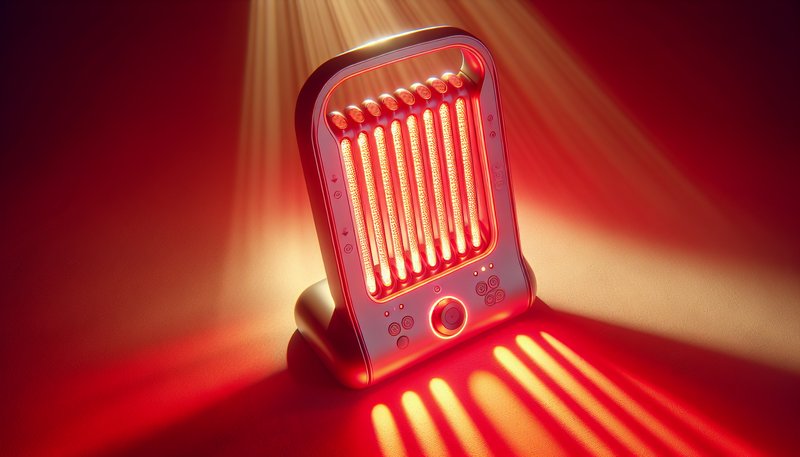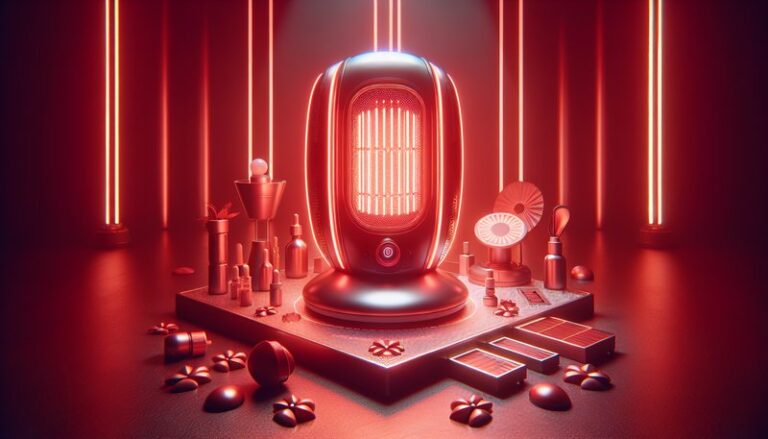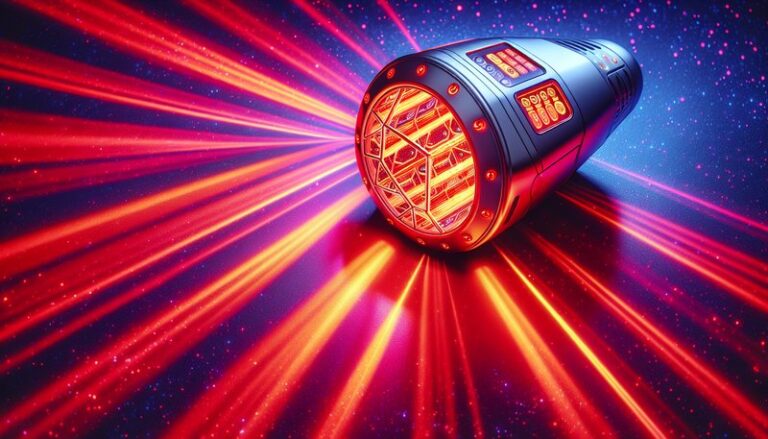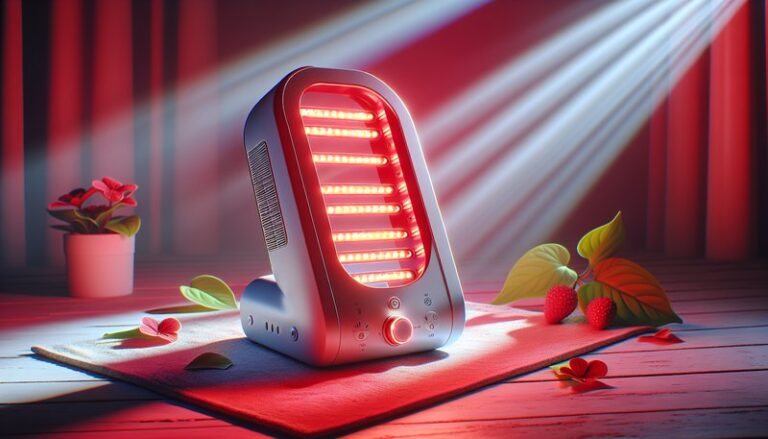Does Red Light Therapy Cause Diarrhea?
Have you ever wondered if innovative health treatments could lead to unexpected side effects?
This article delves into the relationship between red light therapy and gastrointestinal reactions, particularly focusing on whether this popular treatment can cause diarrhea. We’ll explore the mechanism of red light therapy, its benefits, and common concerns associated with its use.
Key Takeaways
- Red light therapy is generally considered safe and is not commonly linked to gastrointestinal issues.
- While some individuals report digestive disturbances, they are often associated with other factors rather than the therapy itself.
- Understanding the body’s response to red light therapy can help clarify potential side effects.
What is Red Light Therapy?
Red light therapy (RLT) is a non-invasive treatment that uses low-level wavelengths of red light to energize cells and promote healing. This therapy is based on the concept that light can penetrate the skin and stimulate cellular processes, enhancing healing, reducing inflammation, and improving overall health.
RLT works by exposing the skin to specific wavelengths of light, typically in the range of 600 to 650 nanometers, which is believed to enhance mitochondrial function in cells. Mitochondria are the powerhouses of cells, and when activated, they can improve energy production and cellular repair.
In clinical settings and personal use, red light therapy is commonly employed for reducing pain, improving skin conditions, and accelerating wound healing. Its application has broadened to include a variety of conditions, including muscle recovery and joint pain relief.
What are the Benefits of Red Light Therapy?
Red light therapy offers numerous health benefits, contributing to its growing popularity within both professional medical settings and home-use devices. Below are some of the salient advantages of RLT.
Discover the insights in Duration of Red Light Therapy for Face?
Enhanced Healing and Recovery
Red light therapy has been shown to accelerate the healing process after injuries by promoting cellular regeneration. Athletes often use RLT to decrease muscle soreness and improve recovery times following intense workouts.
Pain Relief
Many individuals with chronic pain have reported relief from conditions such as arthritis and fibromyalgia by using red light therapy. The therapy’s anti-inflammatory effects help reduce swelling and pain in targeted areas.
Improved Skin Health
RLT can help address various skin concerns, including acne, wrinkles, and sun damage. Studies suggest that the therapy improves skin texture and may boost collagen production, promoting a more youthful appearance.
Mood Enhancement
Some research indicates that red light therapy may help improve mood and alleviate symptoms of depression by enhancing brain function and modifying neurotransmitter activity, contributing to overall emotional well-being.
Additonal Benefits
- Improved hair growth in cases of androgenetic alopecia.
- Enhanced circulation and blood flow.
- Reduced inflammation in various tissues.
Is it Possible to Experience Diarrhea from Red Light Therapy?
While experiencing diarrhea after red light therapy is not a common occurrence, some individuals report gastrointestinal disturbances. The feasibility of this reaction can stem from several unrelated factors rather than the therapy itself.
What are the Advantages of Understanding Potential Side Effects?
Recognizing possible side effects, including gastrointestinal issues like diarrhea, aids users in making informed decisions about their health treatment.
What are the Disadvantages of Ignoring Possible Side Effects?
Disregarding potential side effects may lead to unnecessary concern or avoidance of beneficial therapies, as individuals may incorrectly attribute digestive issues solely to RLT.
What are the Things to Consider Before Trying Red Light Therapy?
Before starting red light therapy, it’s important to consider certain factors to ensure it aligns with your health goals.
Health Conditions
Individuals with specific health conditions or those taking medications should discuss red light therapy with their healthcare provider to identify any possible contraindications.
Device Quality
Not all RLT devices are manufactured equally. Investigate the quality and specifications of the device being used, as different devices emit light in varying intensities and wavelengths, which can affect efficacy and safety.
Treatment Duration and Frequency
Understanding the recommended treatment duration and frequency is crucial. Overexposure could lead to adverse effects, although this generally applies to extreme cases.
Personal Sensitivity
Some people may experience more sensitivity to light therapies. If you’re prone to migraines or have light sensitivities, consult a healthcare professional to ensure it’s suitable for you.
Find out the complete story Does Red Light Therapy Remove Moles?
What are the Alternatives to Red Light Therapy?
If red light therapy isn’t suitable for your needs or if you’re seeking other options, consider these alternatives.
Cold Laser Therapy
Similar to RLT, this method uses low-level lasers to alleviate pain and inflammation without thermal effects. It is effective in a variety of conditions and also promotes healing.
Infrared Saunas
Infrared saunas use light to heat the body directly, promoting detoxification, relaxation, and improved circulation. They can provide some of the benefits associated with red light therapy.
Electrical Stimulation Therapies
Techniques like TENS (Transcutaneous Electrical Nerve Stimulation) can offer pain relief and are a well-researched alternative for managing chronic pain conditions.
Massage Therapy
Regular massage can relieve muscle tension and improve circulation, providing a direct and immediate approach to wellness.
Conclusion: Is it Recommended to Try Red Light Therapy?
While diarrhea is not a commonly reported side effect of red light therapy, understanding individual responses and potential triggers is key. Overall, RLT is widely regarded as safe and beneficial for various conditions, with many experiencing significant improvements in healing, pain relief, and skin health. However, it is advisable to consult with a healthcare provider before beginning any new therapy, particularly for individuals with pre-existing health issues.
Frequently Asked Questions
Can red light therapy cause digestive issues?
While not commonly reported, some individuals could experience digestive disturbances. It’s essential to consider other factors in one’s diet or health conditions when assessing the cause.
What are the best practices for using red light therapy?
To maximize benefits, follow device instructions regarding duration and frequency, and ensure the treatment area is clean and free from lotions or oils before application.
Are there any contraindications for using red light therapy?
Certain medical conditions or medications may increase sensitivity to light; consulting a healthcare professional is advised if unsure.
Can I use red light therapy for skin rejuvenation?
Yes, many people find RLT effective for reducing signs of aging, improving skin texture, and treating acne.
What should I do if I experience side effects?
If you experience unusual side effects, discontinue use and consult a healthcare provider for tailored advice and evaluation.





